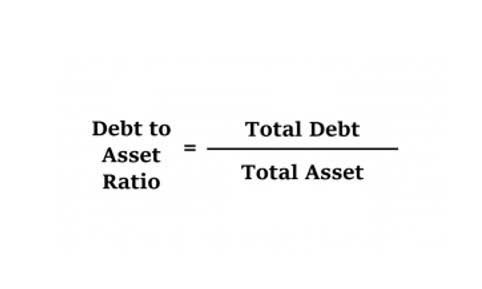
To demonstrate how automated invoice coding works, we’ll show you how Billy the Bot™, Stampli’s AI assistant, codes an invoice. Bring your expenses, supplier invoices, and corporate card payments into one fully integrated platform, powered by AI technology. They invoice coding become more accurate in data extraction, coding, and approval routing, streamlining the entire process further. When done right, it empowers finance professionals with actionable insights, enabling informed decision-making. In a world where data drives success, efficient invoice coding is the key to unlocking your organisation’s financial potential.
Automation
That means AP teams must manually assign the right codes based on the type of expense and the department responsible. Inconsistencies in invoice data and discrepancies between invoice data and PO data or goods received note data can be effectively identified during the 3-way matching process. Data entry enables accounts personnel to spot trends and ways to increase profits. Automation can capture data by loading invoice data to the OCR system. Invoice is the first step in the accounts payable process in which vendor invoices are received for payment.
Approval and payment
- Establish clear approval workflows with designated approvers for different invoice types or amounts to ensure timely processing.
- All the essential steps are needed to complete a purchase when an order is placed, and the customer receives the desired product or service.
- By automating invoice matching, companies can streamline their accounts payable process, reduce risk, and improve overall financial efficiency.
- DOKKA significantly reduces human error by automating data extraction and coding processes.
- These codes, often called General Ledger (GL) codes, categorize expenses for accounting purposes.
- In this blog post, we’ll discuss the impacts of AP automation on Non-PO coding, including time savings, improved accuracy, and reduced risk.
- This process is typically done using software that can automatically extract data from the invoice and compare it to the data in the PO and GR.
The full cycle accounts payable process takes care of the end-to-end processing of invoices and payments. The processes in the accounts payable function may be categorized as upstream and downstream processes. High volumes can lead to bottlenecks, where invoices pile up waiting to be coded and approved.
Non-PO Invoice Coding and Automation
- If systems don’t work well together, automation creates more problems instead of fixing them.
- Mismatch resolution workflows make it easy for users to review and resolve any discrepancies, so that all your PO-based invoice processing is a breeze.
- This can cause payment delays, strain relationships with vendors, and potentially lead to missed discounts or late fees.
- Below, we explore the various steps of the accounts payable workflow, with a focus on invoice coding.
- This automation prepares the invoice for the next step automatically, leaving only discrepancies to be handled by the AP staff.
- Look for opportunities to streamline, automate, or eliminate manual tasks.
Centralizing invoice receipt, whether through dedicated email addresses, vendor portals, or mail locations, is crucial. This ensures all invoices are captured, preventing loss and delays, and establishing organized CARES Act control from the start. This method provides a higher level of accuracy and helps to significantly reduce the risk of overpayments. Accurate and timely payments, facilitated by invoice matching, contribute to stronger vendor relationships, leading to better terms, potential discounts, and improved collaboration.
No pre-funded accounts

This includes verifying their legal and tax status, payment preferences, and contact information. A well-structured vendor onboarding process ensures a more streamlined invoice processing flow. This ensures consistency, reduces misclassification, and keeps financial records error-free. An efficient upstream process ensures that strong vendor relationships are maintained, and mutually beneficial contracts are created.


Upon receipt, the invoice is logged into the AP system or software, regardless of whether it’s received physically (as a hard copy) or digitally (via email or electronic invoicing). AP automation Restaurant Cash Flow Management software, utilizing AI or OCR technology, can automatically transfer invoice information to your ERP system. While having an automated approach for coding invoices sounds great, there is always the question of ‘is this really worthwhile’ or ‘is it worth the cost’? The answer is yes, there are plenty of obvious and not-so obvious advantages.

GL coding is an exhaustive process that helps identify a broad range of values for each invoice. It is a complex process that lacks standardization for invoice capture. Since invoices come in different formats, consolidating, sorting, and scanning them is challenging. Shifting to e-invoicing sets a standard way to work with vendors and clients.
Set up validation and matching:
If it’s not planned well, companies may not see the expected savings. The system flags duplicate invoices, unusual charges, and potential fraud before a payment is made. Once your system is set up, focus on successful implementation and ongoing improvement.
Accounting Systems
This is a critical point in the accounts payable process which sets the tone for the rest of the process. Enhancing the accounts payable process through digital technology began as early as 1978 with Viscal, the first spreadsheet software that was used for accounts management. From then to the current scenario where most of the accounts payable procedures are automated, AP processing has come a long way.
